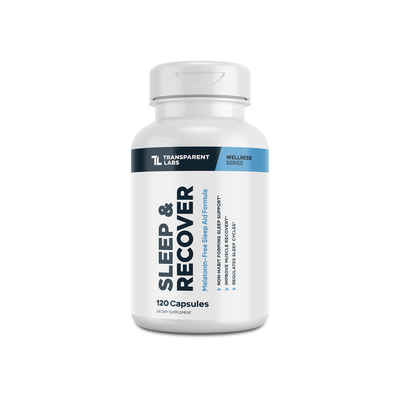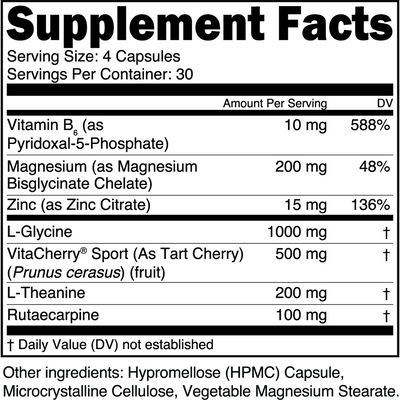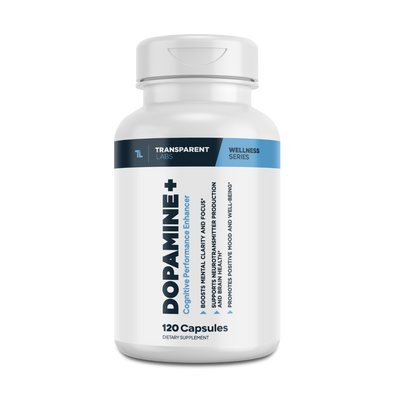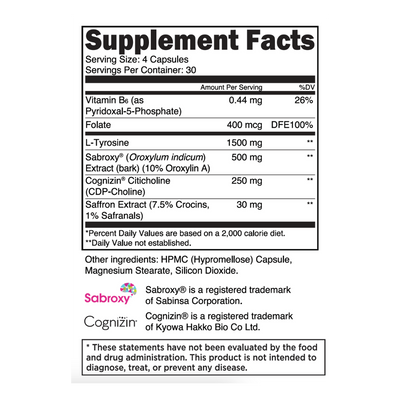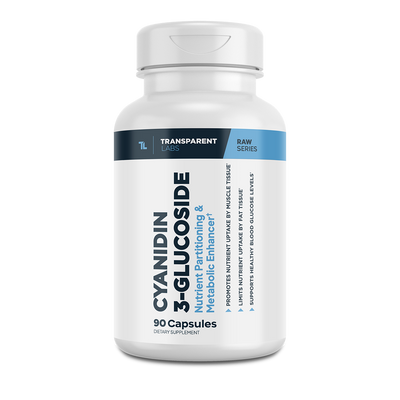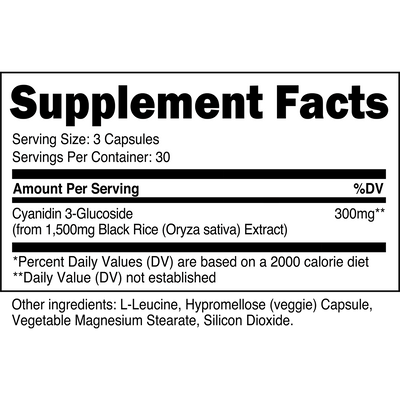Full Body Workouts | The Ultimate Guide + Sample Workouts
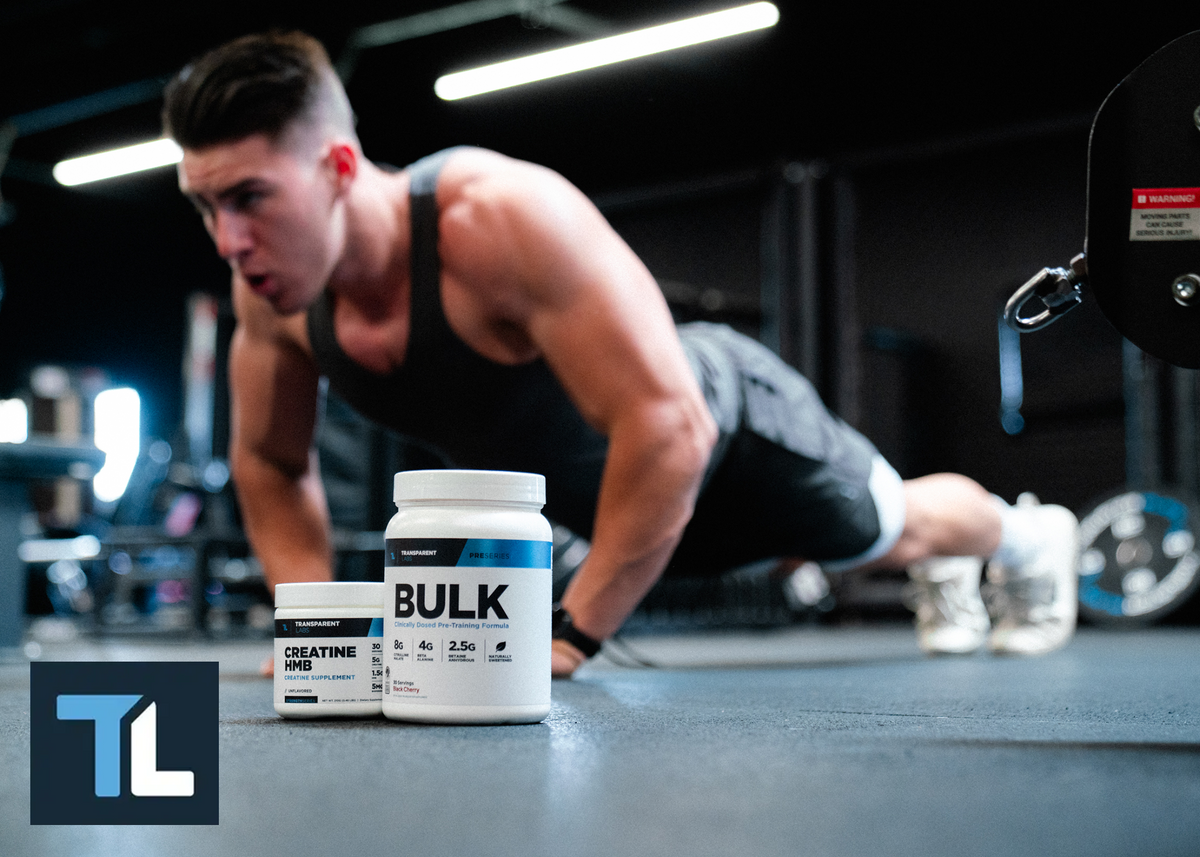
Full body training is effective for almost any fitness goal and suitable for all experience levels. Unlike split workout programs that focus on specific muscles on different days (like leg day or chest day), a full-body workout targets the upper body muscle group, the lower body, and the core in every session.
Full-body workouts are an efficient way to:
-
Get stronger
-
Increase your heart rate
-
Burn a lot of calories (1)
-
Build muscle and strength quickly
-
Learn proper form
-
Improve work capacity
A good full-body workout routine should include exercises that work every muscle group and cover all major movements. Tailor the exercises to your goals and fitness level, but overall, the routine should use compound movements that engage multiple muscle groups at once.
If you’re new to weight training (less than 6 months of consistent and well-planned workouts), a 3-day full body program is often the best choice. If you're at an intermediate or advanced level and want to build muscle, a full body workout routine combined with a good protein diet can also be a great option.
Below, we explain how to set up a full-body workout program, debunk the myths behind full-body workouts, and outline two full-body home workouts you can do on your own.
Please note: This post is meant for informational purposes only and should not be taken as medical advice. Before beginning a new workout routine, consult your physician or a licensed personal trainer.
Misconceptions About Full-Body Workouts
The world of health and fitness can be a minefield. Here are some of the most common misconceptions about full-body workouts:
Myth 1: Heavy weights will make me bulky
Some people, especially women, worry that lifting heavy weights as a woman will make them look like bodybuilders. While this is a goal for some women, it can put others off strength training. However, this isn’t necessarily true. For a woman to pack on significant muscle, she would need to do a lot of strength training with progressive overload, and eat a high protein diet with a calorie surplus.
Research shows that, in general, women don't have enough testosterone to bulk up like men. Female bodybuilders follow strict diets and intense workout plans and often use muscle-building supplements to achieve their look (2).
Myth 2: Full-body exercises are not that effective
Whether you realize it or not, many of your favorite exercises are full-body movements that recruit multiple muscle groups (also called "compound exercises").
You might think of a push-up as a chest exercise, but it also taxes your delts, core, back muscles, and even your quads. Squats work nearly every major muscle in the body, including your back, chest, core, quads, and glutes (3).
Even when you do a bench press, it also works out your chest (pecs), triceps, shoulders, biceps, upper back muscles (lats), and the muscles on the upper back (traps).
Myth 3: Ab workouts alone will give me a six-pack
If you want visible six-pack abs, you need to reduce your overall body fat. While abdominal workouts are excellent for strengthening your core and improving balance and stability, they alone can not give you six-packs or reduce fat (4).
For men, this means getting body fat down to 10%-12%, and for women, 11%-13%. Achieving this requires a strict diet and regular exercise.
Myth 4: Exercise can cancel out a bad diet
Exercise cannot make up for poor eating habits. Diet and nutrition are more important than exercise for managing weight and building muscles.
A good diet plays a huge role in recovering your muscles after workouts. A balanced diet combined with protein or creatine shakes works best for people building muscle (5). It’s possible to get the nutrients you need to build muscle through a vegan or plant-based diet. However, there is no way that exercise could ever replace a balanced diet. They both go hand in hand.
Myth 5: You need to spend most of your time at the gym
You don't need to be in the gym for hours to benefit from exercise, whether you're at the gym or at home. The key is to exercise efficiently.
Strength train before doing aerobic exercises. This is because your body uses its limited carbohydrate supply first, which is best for short-term, intense exercise like strength training. Once depleted, your body uses fat for fuel, which is ideal for aerobic exercise.

How to Set up a Full-Body Workout in 5 Steps
Full-body workouts often start with basic movements like squats, where you position your feet shoulder width apart to ensure proper form and balance.
To get the maximum benefit from full-body workouts, you'll need to follow a proper routine.
If you are a beginner looking for ways to set up a full body workout, here are five simple steps to help you program your own full body workouts:
-
Start with the Basics
The simplest way to begin a full-body workout plan is by starting with basic movement patterns. Starting with the basics will help you stay motivated, and you can gradually add compound exercises after mastering these. Some movements to help you get started are:
-
Lower-body push (lunges)
-
Hip hinge (kettlebell swings)
-
Single-leg movement (step-ups)
-
Vertical push (shoulder press)
-
Vertical pull (lat pull-downs)
-
Horizontal push (chest press)
-
Horizontal pull (bent-over rows)
Once you understand these, you'll discover countless exercises that fit these patterns, making your workouts more enjoyable and interesting.
-
Warm-up
It's well-known that warming up before exercise is essential for achieving peak performance. Both passive and active warm-ups can improve:
-
Body temperature
-
Metabolism
-
Nerve function
-
Mental readiness
Improving these factors leads to better energy use, faster oxygen uptake, and enhanced muscle activation (6). Aim for 5-10 minutes of warm-up to properly prepare your body for exercise. Engage in low-intensity cardiovascular exercises like:
-
Jumping jacks
-
Jogging
-
Rowing
-
Cycling
These warm-up exercises will prepare your body for full-body workouts.
-
Choose Compound Exercises
Focus on exercises that work multiple muscle groups at once. Choose your primary lift from the following examples:
-
Goblet squats
-
Dumbbell squats
-
Deadlifts
-
Bench presses
-
Push-ups
These exercises work out all your major muscles, including your chest, back, legs, buttocks, shoulders, and core. Because they require the most effort, it's best to do them first when your body is fresh and energized.
-
Plan Your Reps and Sets
Decide on the number of repetitions (reps) and sets for each exercise. A common structure for beginners might be 3 sets of 10-12 reps per exercise. Adjust based on your fitness level and goals.
-
Create a three-exercise circuit
To target all muscle groups, you should include an:
-
Upper-body exercise
-
Lower-body exercise
-
Core exercise
The first exercise within your circuit should have the same muscle focus as your primary lift. For example, a goblet squat primary lift would coincide with a focus on glute/posterior chain muscles. Therefore, choose another exercise that primarily works your glutes and posterior chain, such as a deadlift.
Since deadlifts are a lower-body exercise, choose an upper-body and core exercise for your final two movements.
Vary your exercises as much as possible. For example, since deadlifts are a double-legged exercise, you might try a single-arm row for your upper body exercise.
For your core exercise, you might try to target your obliques through a full-arm plank with a shoulder tap (since deadlifts already worked your abdominal muscles).
-
Schedule Rest and Recovery
Take rest periods between exercises and set recovery days. Typically, 30-60 seconds of rest between sets is sufficient. Ensure you have at least one rest day between full-body workout sessions to allow for muscle recovery.
In a study on resistance training, researchers compared short rest periods (1 minute) typically used for muscle growth with longer rest periods (3 minutes) used for strength training.
Results showed that longer rest periods significantly increased muscle strength (bench press and squat) compared to shorter rest periods (7). Thigh muscle thickness was also greater with longer rests. Both groups improved upper body muscle endurance similarly.
Two Full-Body Workouts to Work Into Your Routine
Exercising your entire body multiple times a week using compound movements that engage many muscles can be challenging yet beneficial.
A recent study discovered that doing two full-body workouts each week led to similar strength gains and muscle growth compared to a more detailed four-day workout routine, as long as the total amount of exercise was the same (8).
Here are two full-body workout routines that you can alternate in your daily routine:
Workout A:
-
Squats: 3 sets of 10-12 reps
-
Push-ups: 3 sets of 10-12 reps
-
Dumbbell Rows: 3 sets of 10-12 reps per arm
-
Plank: 3 sets, hold for 30-45 seconds
-
Bicep Curls: 3 sets of 10-12 reps
-
Lunges: 3 sets of 10-12 reps per leg
Workout B:
-
Deadlifts: 3 sets of 8-10 reps
-
Overhead Press: 3 sets of 8-10 reps
-
Lat pull-ups or pull-downs: 3 sets of 8-10 reps
-
Seated Oblique Twists: 3 sets of 15-20 reps per side
-
Tricep Dips: 3 sets of 8-10 reps
-
Calf Raises: 3 sets of 15-20 reps
Note: Adjust the weights and repetitions based on your fitness level and goals, and aim to perform these routines on alternating days to allow your muscles time for recovery and growth.
For full body exercises, keep your knees slightly bent during squats to protect your joints and maintain proper form. When performing a rowing exercise, focus on squeezing your shoulder blades together to effectively engage your upper back muscles.

Importance of Diet and Supplements
While performing full-body workouts, you must not ignore the importance of a healthy and balanced diet. Ensure your diet has all the important components required for muscle strength and growth. Your diet should contain:
-
Proteins
-
Carbohydrates
-
Vitamins and Minerals
You can combine your diet with supplements to help you reach your fitness goals faster. For example, many athletes or fitness enthusiasts use the following supplements to improve their performance during workouts.
-
Whey protein: Whey protein supports muscle repair and growth.
-
Creatine: Creatine supplements improve strength and power output.
-
BCAAs: Branched-Chain Amino Acids like pea protein aid in muscle recovery and reduce muscle stiffness.
-
Pre-workout supplements: Pre-workout supplements improve blood flow and help with gaining muscles.
However, some people mistakenly think creatine is an anabolic steroid and harmful. This is false. Creatine is one of the few legal supplements that work effectively. It’s a substance naturally found in your muscles and is great for boosting performance in short, intense activities like weight lifting or sprinting (9).
Creatine helps with:
-
Maintaining muscle mass
-
Reducing muscle fatigue
-
Building muscle and strength
Unlike steroids, creatine doesn’t mess with your hormones. Creatine is a safe, legal supplement that provides extra energy for your muscles. And when combined with protein, it helps you finish those last reps or sprints.
The Bottom Line
A full body workout plan engages multiple muscle groups in one session, promoting overall fitness and muscle growth. These workout routines can be a time-efficient way to build strength and muscle, making them a great option if life is busy.
A typical full body workout routine might include exercises like squats, where you position your feet shoulder width apart, shoulder presses, and lat pulldowns. Adding exercises like dumbbell presses and cable exercises, while maintaining good form such as keeping the legs straight and shoulders back, can lead to greater gains in strength and muscular physique. Training days should be balanced with rest to allow muscle recovery and growth, ensuring the best results from your full body routine.
References
-
McDougle, J. M., Mangine, G. T., Townsend, J. R., Jajtner, A. R., & Feito, Y. (2023). Acute physiological outcomes of high-intensity functional training: A scoping review. PeerJ, 11, e14493. https://doi.org/10.7717/peerj.14493
-
Vingren JL, Kraemer WJ, Ratamess NA, Anderson JM, Volek JS, Maresh CM. Testosterone physiology in resistance exercise and training: the up-stream regulatory elements. Sports Med. 2010 Dec 1;40(12):1037-53. doi: https://doi.org/10.2165/11536910-000000000-00000. PMID: 21058750.
-
Kubo, K., Ikebukuro, T., & Yata, H. (2019). Effects of squat training with different depths on lower limb muscle volumes. European Journal of Applied Physiology, 119(9), 1933–1942. https://doi.org/10.1007/s00421-019-04181-y
-
Vispute, S. S., Smith, J. D., LeCheminant, J. D., & Hurley, K. S. (2011). The effect of abdominal exercise on abdominal fat. Journal of Strength and Conditioning Research, 25(9), 2559–2564. https://doi.org/10.1519/JSC.0b013e3181fb4a46
-
Wu, S.-H., Chen, K.-L., Hsu, C., Chen, H.-C., Chen, J.-Y., Yu, S.-Y., & Shiu, Y.-J. (2022). Creatine supplementation for muscle growth: A scoping review of randomized clinical trials from 2012 to 2021. Nutrients, 14(6), 1255. https://doi.org/10.3390/nu14061255
-
Afonso, J., Brito, J., Abade, E., Rendeiro-Pinho, G., Baptista, I., Figueiredo, P., & Nakamura, F. Y. (2024). Revisiting the ‘whys’ and ‘hows’ of the warm-up: Are we asking the right questions? Sports Medicine (Auckland, N.Z.), 54(1), 23–30. https://doi.org/10.1007/s40279-023-01908-y
-
de Salles BF, Simão R, Miranda F, Novaes Jda S, Lemos A, Willardson JM. Rest interval between sets in strength training. Sports Med. 2009;39(9):765-77. doi: https://doi.org/10.2165/11315230-000000000-00000. PMID: 19691365.
-
Schoenfeld, B. J., Pope, Z. K., Benik, F. M., Hester, G. M., Sellers, J., Nooner, J. L., Schnaiter, J. A., Bond-Williams, K. E., Carter, A. S., Ross, C. L., Just, B. L., Henselmans, M., & Krieger, J. W. (2016). Longer interset rest periods enhance muscle strength and hypertrophy in resistance-trained men. Journal of Strength and Conditioning Research, 30(7), 1805–1812. https://doi.org/10.1519/JSC.0000000000001272
-
Kreider RB, Kalman DS, Antonio J, Ziegenfuss TN, Wildman R, Collins R, Candow DG, Kleiner SM, Almada AL, Lopez HL. International Society of Sports Nutrition position stand: safety and efficacy of creatine supplementation in exercise, sport, and medicine. J Int Soc Sports Nutr. 2017 Jun 13;14:18. doi: https://doi.org/10.1186%2Fs12970-017-0173-z. PMID: 28615996; PMCID: PMC5469049.

